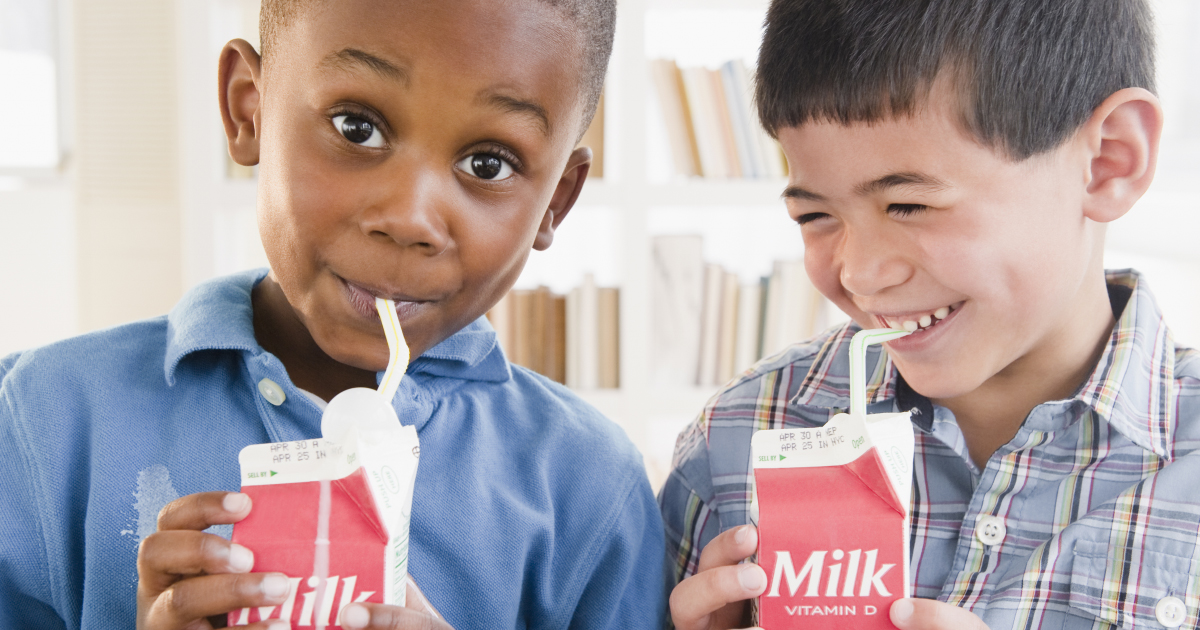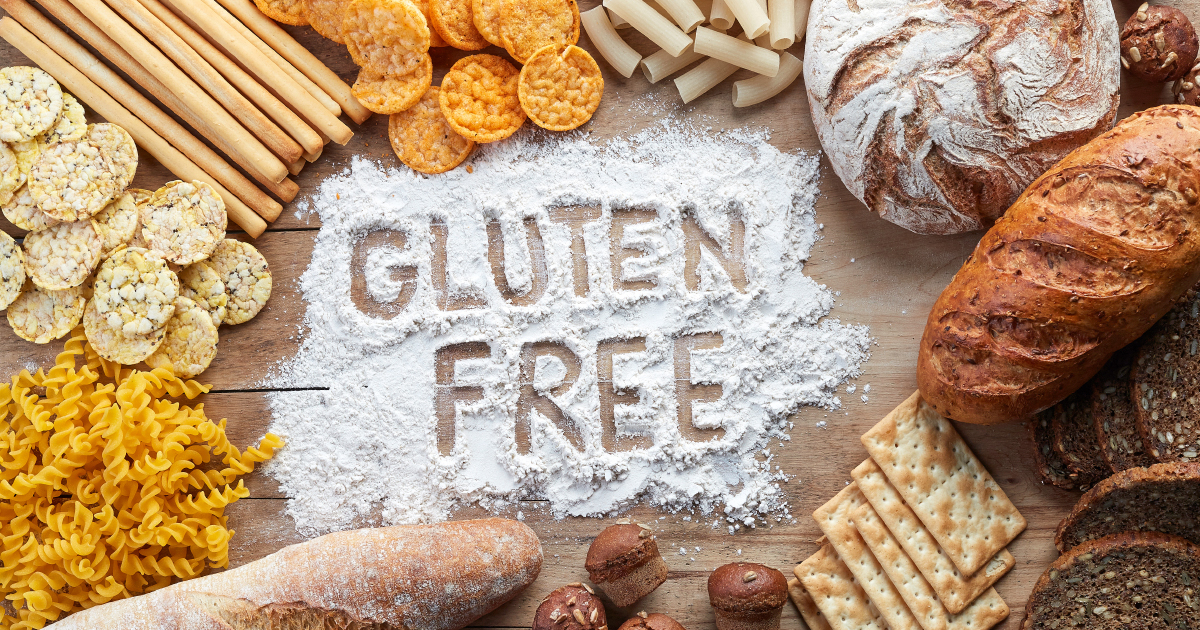Does your child have a food intolerance?

If your child’s tummy and gut aren’t happy sometimes after eating, the problem might be a sensitivity to something in their diet. Here’s how that works and what you can do about it.
Food allergy is on the rise in Africa but less common than in some parts of the world. There are regions where the cases have almost doubled in the past decade, says the Allergy Foundation of South Africa (AFSA).
An estimated 1to 3% of adults and 4 to 6% of children have food allergies, the World Health Organization (WHO) reports. More than 70 foods can cause them but in children, it’s mostly peanut, milk, fish and nuts.
ALLERGY OR INTOLERANCE?
Many people think they have a food allergy when it’s only a food intolerance (also called sensitivity). The difference lies withhow your body responds.
An allergy sends your immune system into overdrive. Usually, a child will eat a food more than once before having an allergic reaction. With a true allergy, the symptoms appear soon or immediately. It can be an emergency and needs to be diagnosed and treated quickly.
An intolerance is when your digestive system reacts because it can’t or struggles to process a certain food. It’s unpleasant but not dangerous. Symptoms can show right away or up to 20 hours after the food was eaten.
Bloating, tummy cramps, heartburn, headaches, and irritability can be symptoms of an intolerance. But it can look like an allergy because it can have signs such as diarrhoeaand vomiting in common. That’s one reason to ask a doctor before taking action. Another is that cutting out suspected foods could mean unbalancing your child’s diet, which can be bad for development and growth.
Keep a food diary – what your child ate before symptoms, what they were and how long after the meal they appeared. It will help the doctor with a diagnosis.
THE DAIRY ISSUE
The most common intolerance is for lactose. The body doesn’t have the enzyme to digest lactose, the sugar in milk. It’s not unusual for kids to suddenly develop an intolerance between the ages of three and five.
The amount of lactose that causes a reaction will vary. Before cutting all dairy, see if your child is fine with less. Why go to this trouble? Without dairy, your child might not get enough calcium, protein, B vitamins and vitamin D. These will have to come from somewhere else, such as lactose-free milk and yoghurt. Other good sources of calcium are canned sardines with edible bones, oranges, broccoli, almonds, and pinto beans. Also, ask your doctor whether your child might need a vitamin D supplement.
Regular hard cheese (such as cheddar and parmesan) has almost no lactose and should be fine. A little milk in products such as margarine and baked foods should also not be a problem. And the good news is some kids outgrow lactose intolerance.
THE GLUTEN QUESTION
This is a tricky one. There is no test for gluten intoleranceand experts don’t agree that it’s even real. They think the problem could be digesting the sugars in wheat – or wheat itself.
Even so, try cutting out anything made with wheat, rye and barley if they cause your child digestive problems. Test gluten-free versions of bread, cereals, pasta, biscuit, cakes and pastries. Look out for hidden gluten in foods such as sauce thickened with flour.
Don’t confuse gluten intolerance with celiac disease which is agenetic auto-immune conditionthat may damage the digestive system.
FRUCTOSE TROUBLE
Intolerance to fructose means the body doesn’t handle cane or fruit sugar well. There is fructose in fruit, some vegetables, honey and table sugar (sucrose).
Fruit is part of a healthy diet, so you can’t avoid it. Instead, ask a doctor or a dietician for a list of okay and not-okay fruit. The sweeter ones are generally a risk.
Just see if too much juice isn’t your child’s problem. Our bodies aren’t built to take in the amount of sugar in, say, several apples in a few minutes. But that’s what it gets if your child downs a tall glass of juice. It can make a tummy hurt or run.
The bottom line with food intolerance is: try to work out what food gives your child digestive problems, take as much information as you can to a doctor, find out what to avoid and – just as important – what to replace it with.
Sources: goodliving.co.uk, www.todaysparent.com, www.allergy.org.nz, www.mayoclinic.org, www.allergyfoundation.co.za, www.medicalnewstoday.com, gluten.org, heas.health.vic.gov.au, www.who.int/foodsafety
Personal Health Advisor
SA & Namibia
0800 0045 45
Botswana, Lesotho & Swaziland
+2711 991 8258
Related articles

Latest Jet club magazine
We’ve got the latest trends, exciting prizes and exclusive savings just for you!
Jet Club will not pass your details to anyone else. By clicking the subscribe button you confirm you have read and agree to the Jet Club Terms and conditions and Jet Club Privacy Statement.
Subscribe




